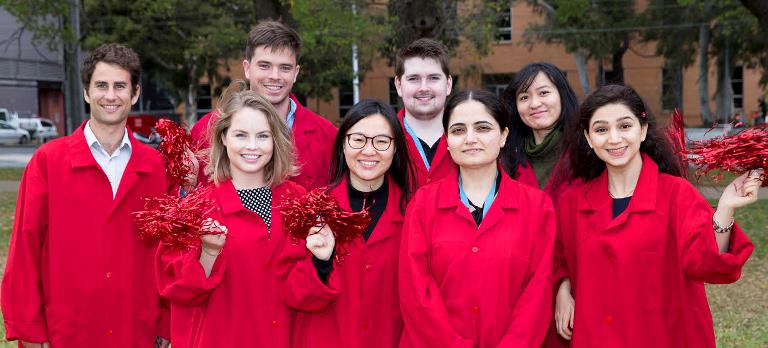Innate Immunity in the CNS: A Missing Piece of the Autoimmune Encephalitis Puzzle?
June 10, 2020

The two main classes of the immune system are the innate immune system and the adaptive immune system. The main focus of an investigation into AE has been the role of the adaptive system, as exemplified by auto-antibody identification. A group in Australia led by Dr. Mastura Monif is investigating the function of the innate immune system in the pathogenesis of AE with the hope of identifying additional treatment options.
Innate immune cells perform several essential functions: they act as the “first line of defense” against pathogens. They perform antigen processing and presentation and release bioactive factors that can result in blood-brain barrier (BBB) dysfunction. And they can recruit other immune cells to the CNS.
The research group suggests a potential hypothesis for the pathogenesis of AE; first, an initial insult altering BBB permeability, allowing for microglial activation and monocyte/macrophage infiltration, prompting further neuroinflammation, recruitment of B and T cells and subsequent antibody production.
This hypothesis is illustrated in the well-established association between Herpes Simplex Virus-1 (HSV-1) encephalitis and anti-NMDAR encephalitis. Patients initially diagnosed as HSV-1 encephalitis may develop anti-NMDAR encephalitis approximately 4–8 weeks after recovery. HSV-1 encephalitis produces a pro-inflammatory CNS environment. The microglial activation and cytokine production could then drive upregulation and infiltration of innate cells such as monocytes into the CNS, lead to BBB dysfunction, and the recruitment of adaptive immune components such as B cells to produce antibodies.
A second potential role for the innate immune system is the prolongation of the neuroinflammatory state and, therefore, ongoing symptoms such as seizures. Thirdly, microglial activation and proliferation may also contribute to long-term cognitive changes seen in patients with AE.
A greater understanding of the role of innate immune pathways in AE may provide additional treatment options. These might include targeting essential molecules involved in innate cell recruitment and activation, such as IL-1β. Recent advances in treatment in other CNS autoimmune disorders may also be re-purposed for AE. These include Eculizumab, a monoclonal antibody targeting the complement cascade, and Inebilizumab, a monoclonal antibody targeting CD19 expressing cells. Another therapy, Satralizumab (an antibody targeting the IL-6R), has the most potential for conversion into treatment for AE, given the potential role of IL-6 in the pro-inflammatory cascade and the success with Tocilizumab.
Given the potential for the innate response to be a conserved pathway across the subtypes of AE, an understanding of the role it plays may lead to the detection and use of common biomarkers across different subtypes of AE. This approach could be particularly helpful in seronegative AE.
Dr. Monif leads The Australian Autoimmune Encephalitis Consortium Project, bringing together national experts to tackle the issue of autoimmune encephalitis facing the Australian population. The goal is to enhance knowledge and improve treatment outcomes through research and clinical partnerships within the Australian states.